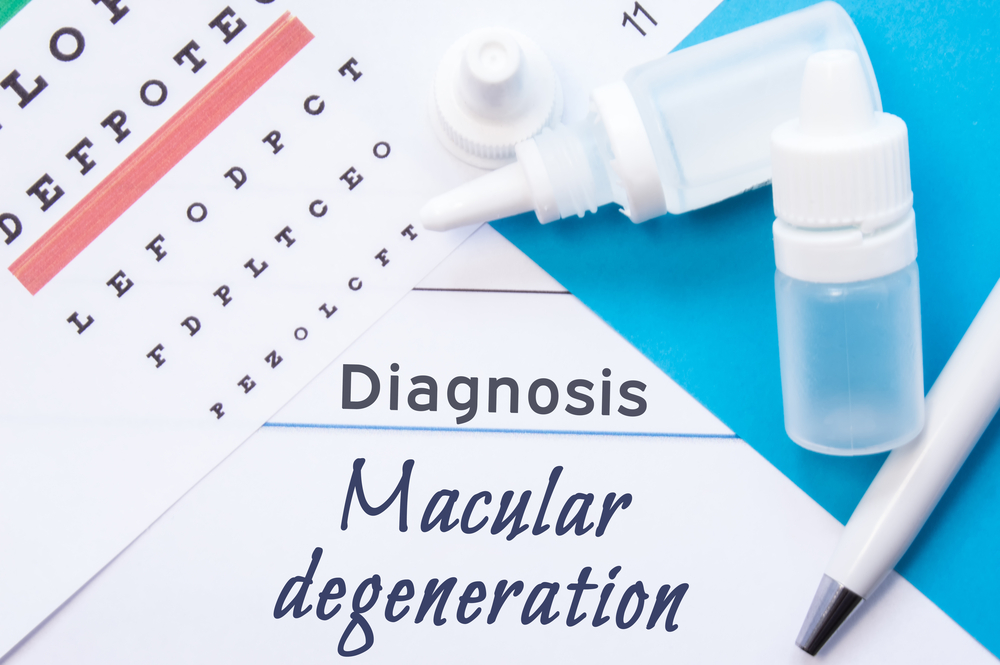
Macular degeneration is a challenging condition that can potentially lead to significant loss of vision. It is one of the leading causes of vision loss in older adults. This condition can severely impact the ability to read, drive, recognize faces, and perform everyday activities, making it a significant concern for aging populations worldwide.
What is Macular Degeneration?
Macular degeneration is a disease that affects the macula, the part of the eye that allows us to see fine details. The condition does not cause complete blindness, but it impairs central vision, making it difficult to see objects clearly and perform tasks such as reading and driving.
There are two types of macular degeneration: wet and dry. Understanding these two types, their differences, and their respective symptoms are crucial in managing the condition and mitigating its impacts on daily life.
The Difference Between Wet and Dry Macular Degeneration
Dry macular degeneration is the more common type and often develops slowly. It's characterized by the aging and thinning of macular tissues, and the presence of drusen.
On the other hand, wet macular degeneration is less common but more severe. It's marked by the growth of abnormal blood vessels under the retina. These vessels leak fluid and blood, causing the macula to bulge or lift from its usual place, leading to rapid and severe vision loss if left untreated.
What are the Symptoms of Wet Macular Degeneration?
The most common symptom of wet macular degeneration is a sudden and noticeable loss of vision. This may be accompanied by the rapid onset of visual distortions, such as straight lines appearing wavy or blurry.
Other signs include reduced central vision in one or both eyes, decreased intensity or brightness of colors, and a well-defined blurry spot or blind spot in your field of vision. The symptoms can vary in severity, but they usually worsen quickly.
Symptoms for Dry Macular Degeneration
Dry macular degeneration symptoms often start so slowly that they're hardly noticeable. Over time you may notice a dimming or distortion of your central vision, especially when you're reading. You may find it difficult to recognize faces, and colors may look less bright than they used to.
As the condition advances, you may have a blurred spot in the center of your vision. Over time, the blurred spot may get bigger and darker, taking up more of your central vision. In the late stages, you may have difficulty seeing at all.
The Importance of Regular Eye Exams
Regular eye exams are vital for maintaining good eye health, especially as you age. These exams provide an opportunity for early detection of macular degeneration, which can significantly impact the disease's progression and your quality of life.
Diagnosing macular degeneration in its early stages allows for prompt treatment and can help slow disease progression, preserving vision longer. Regular eye exams can also detect other eye conditions that could potentially cause vision loss.
Living with Macular Degeneration
Living with macular degeneration can be challenging, but early detection through regular eye exams, understanding the disease, and knowing the differences between wet and dry macular degeneration are crucial steps in managing this condition.
For more information on wet and dry macular degeneration, visit Highlands Optometry at our office in Bristol or Wise, Virginia. Please call (276) 466-4227 or (276) 679-5612, respectively, to schedule an appointment.






